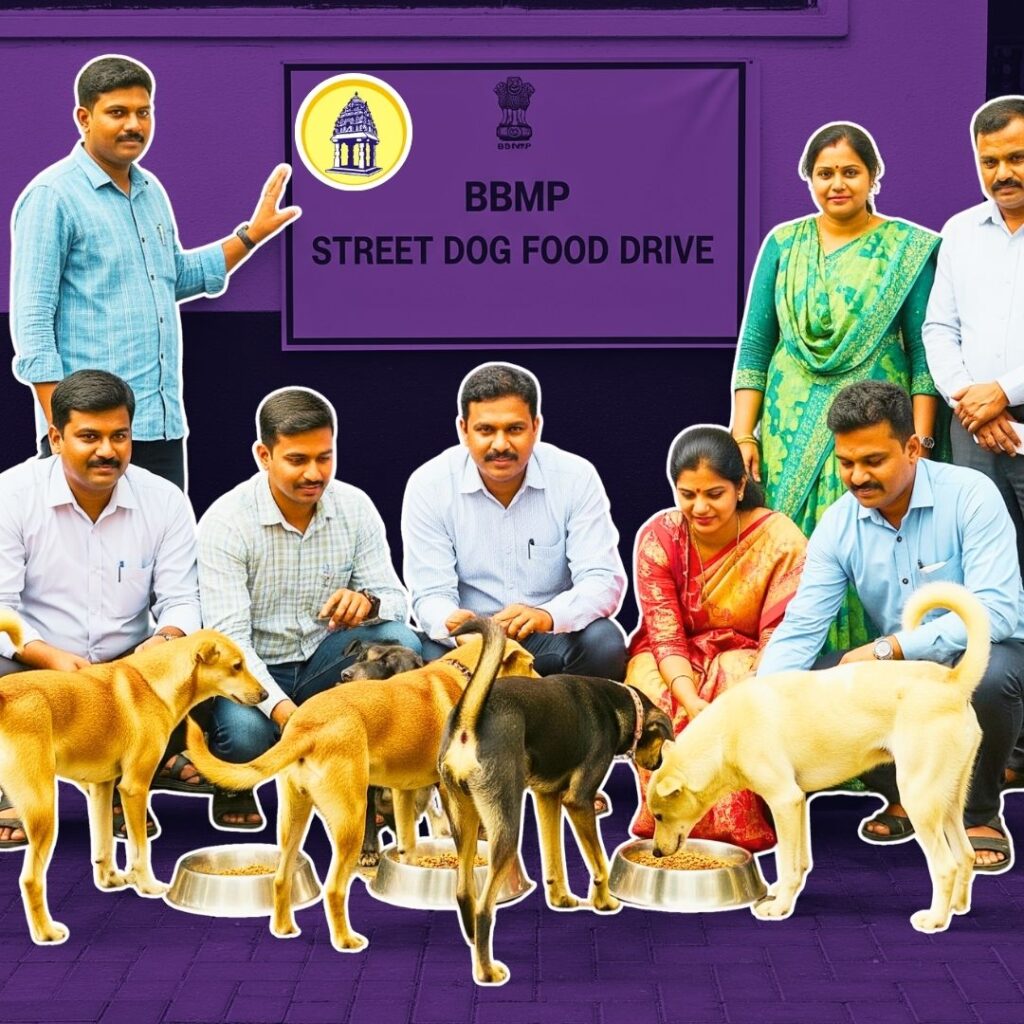Emergency Response Plan
In the wake of the worsening air quality in Delhi NCR, The Energy and Resources Institute (TERI), has submitted a 10-point Emergency Response Plan to the Delhi government and the Ministry of Environment, Forests and Climate Change(MoEFCC).
TERI has recommended that this plan be enforced immediately in the whole of NCR on forecasted days of very high pollution in Delhi. The recommendations are based on TERI’s modeling and technology development experience.
Speaking on the occasion, Dr Ajay Mathur, Director General, TERI, said, “Seven consecutive days of extremely hazardous air quality has taken a heavy toll on the health of Delhi’s citizens. TERI is presenting a set of emergency response measures to save lives and protect the health of both the very young and older citizens. These need to be put in action every time we find ourselves in this extremely hazardous air quality situation. In addition, we also need to start taking steps to diffuse some of the causes which lead to such a situation.”
Sumit Sharma, an air quality expert at TERI, further added, “It is the time that stringent measures are taken for control of emissions based on scientific assessments. Multi-sectoral regional scale plans are required for the entire NCR region and beyond, for control of pollution in the city of Delhi.” Additionally, TERI has also released a 10-point plan for medium-to-long term, for air quality improvement in Delhi-NCR.
Latest study released by TERI shows the following contributing sources of PM 2.5 in Delhi:
1. In-Delhi sources-35% (Transport (tail-pipe, road dust), construction, refuse burning)
2. Rest of NCR-25%(Domestic biomass burning for cooking, industries, transport, diesel generator (DG) sets)
3. Beyond NCR regions-40% (Crop residue burning, domestic biomass burning, industries)
Based on sectoral contributions and regional scale atmospheric transport of pollutants, TERI has suggested the following as the Emergency Response Plan for immediate relief to the residents from severely high air pollutant concentrations.
10-point Emergency Response plan (ERP) (only when 24-hourly PM2.5 > 400 g/m3)
Reduce crop residue burning
1) Strict enforcement through heavy penalties on agricultural waste burning using satellite-based tools detecting fires and mobile based applications in NCR. To avoid burning of agricultural residues, the State/Central governments should buy the agricultural residue (at ~Rs 3 per kg) from the farmers in advance which can be later used for producing biochar or briquettes to be used as a direct energy source with controls.
Reduce transport emissions
2) Ten times increase in parking charges at all the government parking spaces (except in hospitals and other similar places) in entire NCR. Heavy penalties on any unauthorized parking. Free public transport based on buses and metros to discourage private vehicle use in NCR.
3) Congestion pricing/Odd-even scheme for all private vehicles in NCR. Declare low emission zones (about 10 main commercial areas in Delhi) with no/priced entry for vehicles. Run only registered e-rickshaws/cycles/electric vehicles in the region.
4) Ban on entry/movement of all 10-year-old vehicles (checks and penalties) in Delhi-NCR. Strict enforcement and heavy penalties for violation of speed limits and not having a valid PUC certificate in NCR. Stringent traffic management (electronic/manual) with penalties to reduce congestion and time of travel in NCR.
5)Vacuum cleaning/watering of the roads in NCR
Reduce power plant emissions
6) Stop power plants in Delhi and upwind in NCR (e.g. in Panipat) and ensure power from the central grids. Ensure 24×7 power supply from other grids to prohibit the use of DG sets in NCR. Ban the use of DG sets except in emergencies like hospitals.
Reduce construction dust
7) Stop all major construction activities in NCR.
Reduce refuse burning
8) Immediately stop all landfill fires in the whole NCR. Heavy penalties on refuse burning (use of mobile technologies to detect and control) in NCR. Provide heated home shelters to the needy in winters.
Safeguard citizens’ health
9) Closure of schools/colleges for next few days and enforce “work from home” for 50% of the staff for the companies ensuring low exposure to people and lower travel requirements in NCR.
10) Advisories: All buildings to reduce outdoor air intake through air conditioners to reduce exposure to outdoor air pollution. Free distribution of air masks to the needy (e.g. government hospitals). Stay indoors as far as possible (especially vulnerable children, elderly and others) and for the use of indoor air purifiers.
Promote community celebrations during Diwali and discourage individual cracker burning. Major awareness campaigns and sensitization to cut down personal energy use in NCR. The ERP is only aimed to reduce dangerously high pollutant concentrations in a short time frame. TERI, based on its past scientific studies also…











